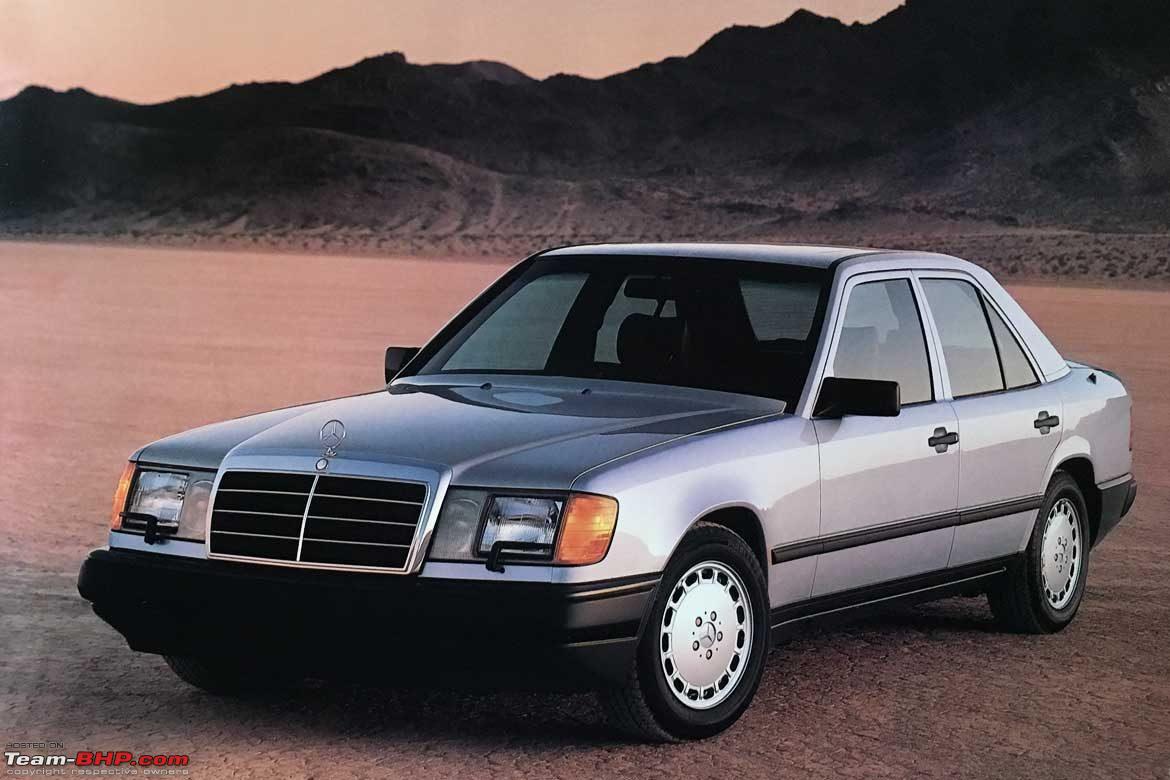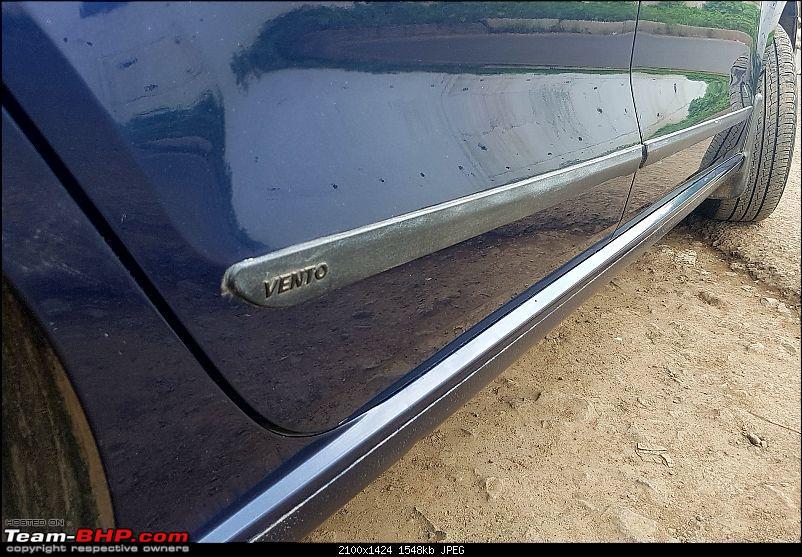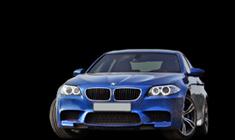News
Black plastic claddings on modern cars: Yay or Nay
Though the black plastic claddings look very nice and fancy when the car is new, they become dull as the car ages.
BHPian chethan.ram recently shared this with other enthusiasts.
With the growing market for micro/mini/compact SUVs, we are seeing most manufacturers using plastic claddings extensively on modern-day cars. These are commonly found on the wheel arches, running board and rear bumper. Though they look very nice and fancy when the car is new, as the car ages they become dull and the looks of the car are totally compromised. Also, if the texture of the plastic is slightly rough, it attracts a lot of dust and is hard to clean. Sharing this post to see if anyone else also feels the same or am I the only one?
Here's what BHPian ashis89 had to say about the matter:
I like it. To me, those cladding give a dual-tone look to the car, just like the Mercedes of the yesteryears (smart beauties they were!)
With proper care, these trims still look new after years. A wipe with trim polish/restorer once a quarter will keep them shining like new. The trims of this 7-year-old Ecosport still look good, IMO. (Pic source: Google)
However, I agree with your point, they're a dust magnet and tough to clean due to their not-so-smooth surface.
Here's what BHPian mayankk had to say about the matter:
Almost half of my Tucson had plastic cladding. Not a modern car though, 2005. But this was painted cladding and a paint job, which included the bumpers, used to cost me Rs 10k every 2 years. That's what painting my whole Fiesta used to cost me.
Why every two years? Because that cladding bore the brunt of countless scrapes and hit all over north India. I was so glad that it was present.
The new stuff on cars, the black cladding, I don't think it will give me as much protection, I'm sure. But it's pretty simple to keep it clean and shiny, there are spray-on-wipe-off products that take about 20 minutes each month to keep it looking like new.
Here's what BHPian JoshMachine had to say about the matter:
In an ideal world, I would have loved totally clean cars, devoid of any cladding/plastic/guards.
But we live in India - so, with cramped parking spaces + idiots driving dangerously + everyone just rushing to scoot off at a traffic light - ultimately, have to live with this:
Tried to cover the bare minimum surface area, though.
Here's what BHPian anjan_c2007 had to say about the matter:
The plastic cladding designers take over from where the real metal designers exit.
The plastic cladding designers fill in the gaps, where they or their car maker feel that the design was not perhaps thought of or well executed by the real metal designers.
Never mind if the claddings later on fall off, sag, wrinkle, age not so gracefully! In quite a few cases these are the reason why a car looks ugly while ageing.
The black claddings on the Mahindra Armada used to be in any colour as long as it was only black. Body-coloured was an alien word for Mahindra then. A few surviving Armadas without the front bumper or a defaced front grille are telltale signs of the lost battles of TIME versus CLADDINGS. The 1990s saw the earliest entries by plastic cladding designers.
The black add-ons on the Bajaj Super/Chetak’s nose and turn indicators (much later body-coloured) in the 1990s are examples of the original 1940's Wasp design by Piaggio, attempting to get a contemporary look. If defaced minus these add-ons, the scooter in metal looks sad and malnourished.
Today, the attempt is to make the new car look more muscular, macho or more appealing with those claddings in the new, original design.
It's common knowledge that the claddings and such OE add-ons disappear after some 5-10 years from the ASC spare shops and also from the aftermarket shops or websites.
Check out BHPian comments for more insights and information.















.jpg)






